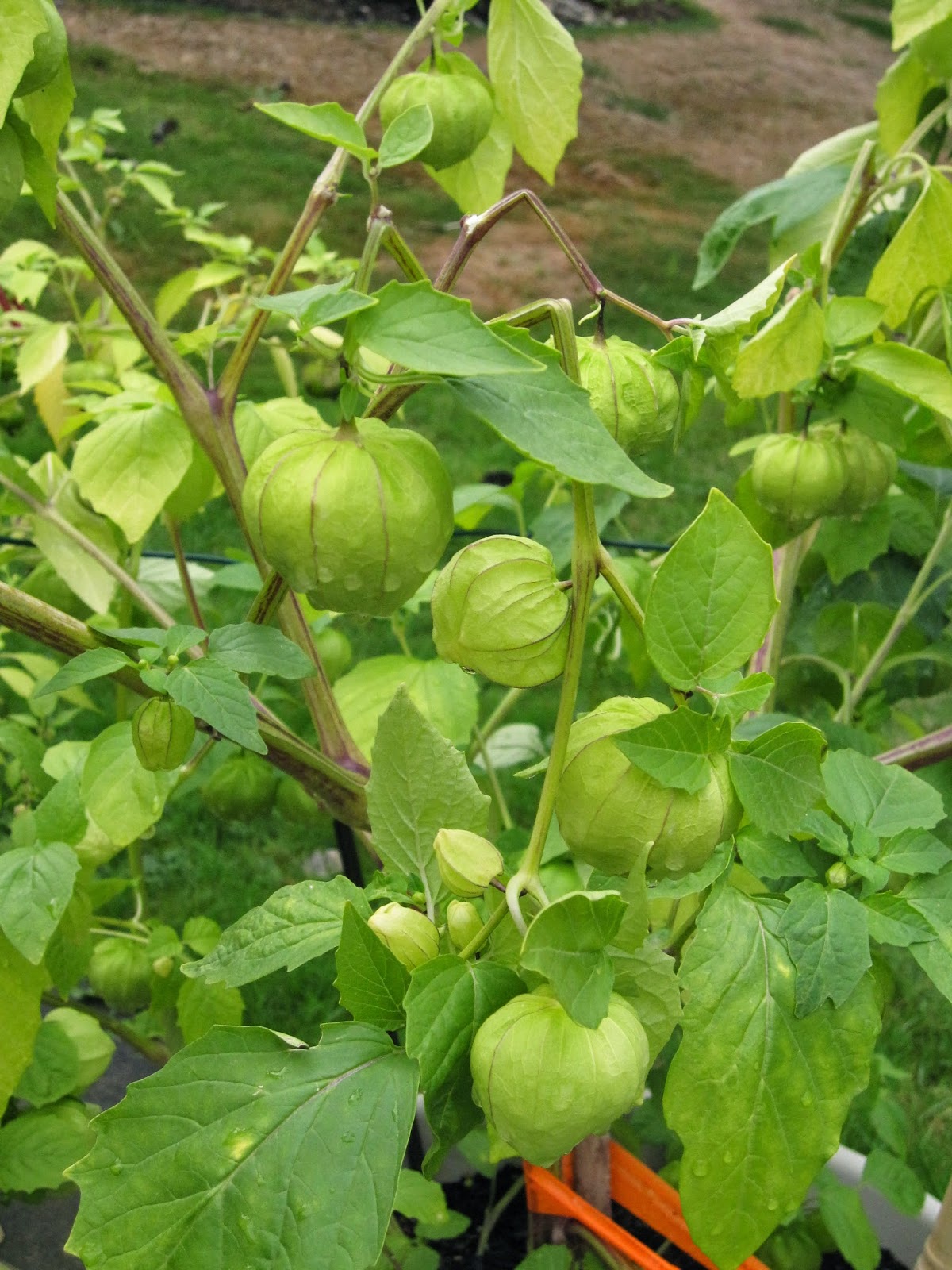When I posted
panasa aaku buttalu (idlis in jackfruit leaf baskets), my friend Vijji Pasala and me were thinking of finding some edible leaf alternatives!
I also noticed that many readers are interested in this particular post!
My niece and ardent fan of my blog, Sundari Josyula commented on the leaf basket idlis, saying they looked mouthwatering. but she can neither get the leaves, nor try to make the baskets!!
So, when I came to USA, I started exploring the leaf alternatives. I found different options and tried quite a few of them. Unlike jackfruit leaf baskets, these packets are easy to make and you can eat the idli along with the leaf!! Some of the options are Collard greens, Swiss chad, Cabbage, Mustard, Beet green, and Grape leaf. It is preferable to use tender leaves so that they are tasty and without stringy veins. I have used wooden toothpicks to make the packets. Either you can use one leaf, if it is large or put one leaf flat, add idli batter and cover it with same size leaf on top. You can use either steamer basket, idli plates or pasta cooker to steam the idlis.
These are only a few of the options I found. You may come up with many more ideas according to your taste and creativity!
Collard leaf: After removing the hard vein:
Tender Swiss chad leaf: Mustard leaf:

After pouring the batter:
Securing edges with toothpicks:
Collard and cabbage leaf packets after steaming:
Collard, cabbage, mustard and Swiss chad leaf packets:
Ingredients:
- Idli batter
- Fresh green leaves
- Wooden toothpicks
- Idli maker/steamer basket/pasta cooker
Directions:
- Wash and clean all the leaves.
- If you are making with collard , carefully remove the strong vein portion with a sharp knife.
- If you are using cabbage leaf, remove the middle portion of the leaf and steam it for 3 to 4 minutes.
- If you are using tender mustard, Swiss chad or grape leaf you need not worry.
- Make sure idli batter is thicker in consistency and not watery. If necessary, add some rice flour or oat flour to thicken the batter.
- Pour some batter on the leaf, hold the edges of the leaf together and secure them with toothpicks.
- Place the packets carefully in idli maker/steamer.
- Cook for about 8 minutes.
- Insert a fork into the packet to see whether idli is cooked.
- Remove from heat and let it cool for 2 minutes.
- Place them in a serving plate and cut them into slices.
- Serve with sambar, chutney etc.
Note: Bean leaves also are a good alternative.
You can add grated carrot, cilantro etc to the idli batter so that idlis are more nutritious and look attractive when served.
My comments: When in early spring, collard leaves are tender, they taste better than when at nearly end of summer.
If you like mustard flavor, mustard leaf packets are very nice. Beet leaf and Swiss chad are also very tasty!
In India, we can even try pan leaf!




.JPG)

.JPG)
















































